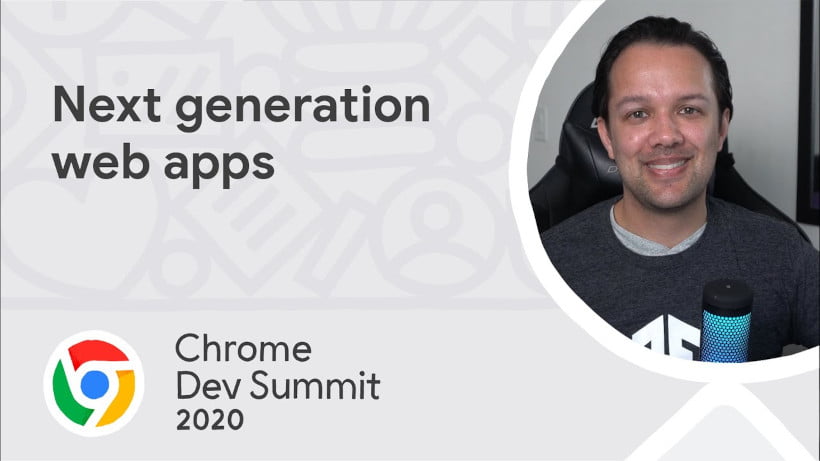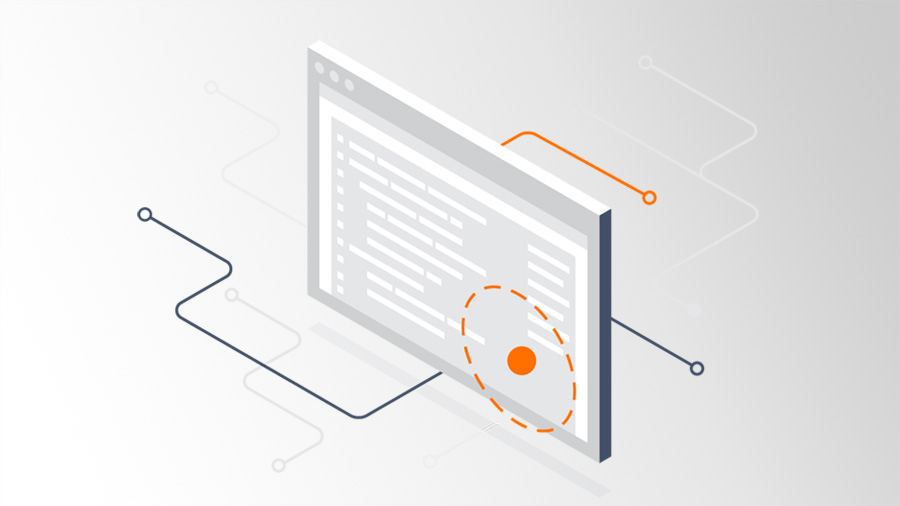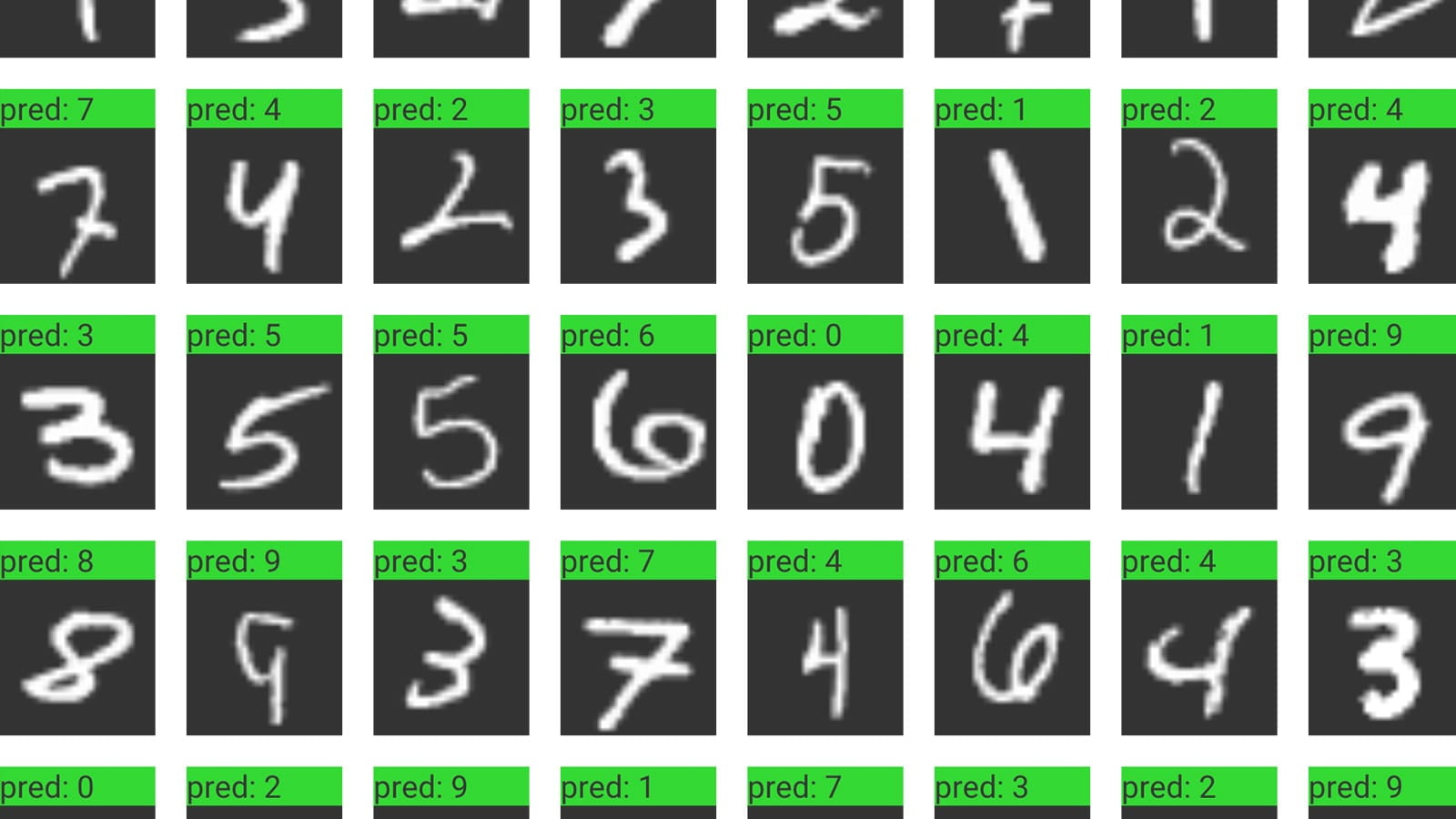JavaScript geliştirme için TensorFlow
Aşağıdaki öğrenme materyallerine başlamadan önce şunları yapmalısınız:
HTML, CSS ve JavaScript kullanarak tarayıcı programlama konusunda rahat olun
Node.js betiklerini çalıştırmak için komut satırını kullanma konusunda bilgi sahibi olun
Bu müfredat aşağıdakileri yapmak isteyenler içindir:
JavaScript'te ML modelleri oluşturma
Mevcut modelleri Javascript'in çalışabileceği her yerde çalıştırın
ML modellerini web tarayıcılarına dağıtma
TensorFlow.js, JavaScript'te ML modelleri geliştirmenize veya yürütmenize ve ML'yi doğrudan tarayıcı istemci tarafında, Node.js aracılığıyla sunucu tarafında, React Native aracılığıyla mobil yerelde, Electron aracılığıyla masaüstü yerelinde ve hatta Node.js aracılığıyla IoT cihazlarında kullanmanıza olanak tanır. Raspberry Pi'de. TensorFlow.js ve onunla neler yapılabileceği hakkında daha fazla bilgi edinmek için Google I/O'daki bu konuşmaya göz atın.
1. Adım: Tarayıcıda makine öğrenimiyle tanışın
JavaScript'te makine öğreniminin temelleri hakkında hızlı bir giriş yapmak için Edx'te hızınızı kendiniz belirleyebileceğiniz kursa katılın veya sizi ilk ilkelerden, mevcut önceden hazırlanmış modelleri kullanmaya ve hatta sınıflandırma için kendi sinir ağınızı oluşturmaya yönlendiren aşağıdaki videoları izleyin. Bu kavramların etkileşimli bir açıklaması için JavaScript Codelab'de akıllı bir web kamerası yapın'ı da deneyebilirsiniz.

JavaScript'te makine öğrenimine yönelik bu üst düzey giriş, TensorFlow.js ile ilk adımlarını atmak isteyen web geliştiricileri içindir.

TensorFlow.js'yi kullanarak web ML ile sıfırdan kahramana geçin. İstemci tarafında çalışabilen ve neredeyse her cihazda kullanılabilen yeni nesil web uygulamalarını nasıl oluşturacağınızı öğrenin.

TensorFlow.js'nin önceden eğitilmiş modellerinden (COCO-SSD) birini nasıl yükleyeceğinizi ve kullanacağınızı öğrenin ve eğitim aldığı ortak nesneleri tanımak için onu nasıl kullanacağınızı öğrenin.





